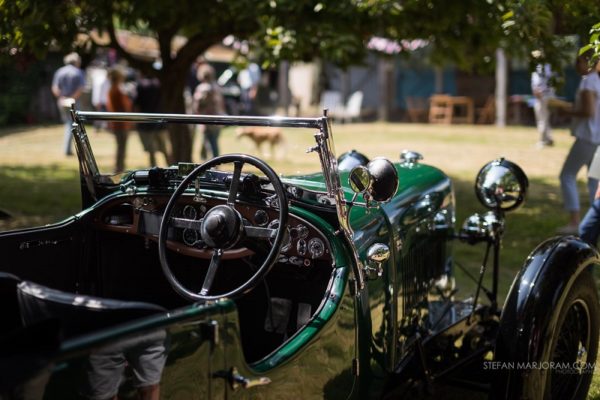
We are indebted to Stefan Marjoram (see his website: stefanmarjoram.com) for his permission to use his always excellent photographs taken at the Budds Farm Vintage Picnic in Somerset on a sunny Sunday at the end of July.
There was a superb selection of distinguished machines, some of them easy to identify and one in particular fiendishly difficult to pinpoint. But we have our reputation to consider – so we sorted it all out in the end.
We cannot do better than to show you a selection of these pictures, together with a couple of Stefan’s renowned and delectable drawings. Enough said!
1921 Morris Oxford
This racy machine would grace any country lane. Perfect for a summer’s day.
1921 Morris Oxford – drawing by Stefan Marjoram
Stefan evidently liked it too.
1962 Daimler Ferret
This machine is from the last year of production of these reconnaissance armoured cars. It is powered by the inline 6-cylinder Rolls-Royce B60 inlet-over-exhaust engine and benefits from transmission by fluid coupling to a pre-selector five-speed epicyclic gearbox, all gears being available in reverse. Power output from the 4,256cc engine is a respectable 129 bhp.
1962 Daimler Ferret – drawing by Stefan Marjoram
Once again, appreciated by Stefan.
1921 Ruston-Hornsby
This is a rare car. Ruston & Hornsby were manufacturers of traction and stationary engines, diesel engines and gas turbines at the Sheaf Iron Works, Lincoln. After World War I they attempted to diversify and one outcome was the Ruston-Hornsby car. The cars were expensive and never reached the hoped-for production volumes. About 1500 were made between 1919 and 1924.
Rolls-Royce Silver Dawn
If we are not mistaken, this is a Silver Dawn with the sought-after combination known as Big Bore Small Boot – which dates it approximately between 1951, when the larger 4,566 cc engine was fitted, and 1953, when the larger boot was introduced. This beautiful kneeling mascot was almost always found on the Silver Dawn, Phantom IV and Silver Wraith models and was intended to give better visibility of the road ahead. It was replaced later by the smaller version of the original Spirit of Ecstasy, which remains to this day.
Daimler SP250
What a superb colour for this sports car of impeccable pedigree. And, under the bonnet, lies one of the world’s great engines: the 2.5-litre ‘Hemi’ V8 designed by Edward Turner. Turner conceived the Square Four engine for the Ariel motorcycle in 1928 and was principally a motorcycle designer who became in 1936 Triumph’s General Manager and chief designer. But in 1959 he designed this engine, and the larger 4.5-litre V8 for the Daimler Majestic Major. This particular car must date from 1959 or 1960 because it is an A-spec car with the chrome ‘whiskers’ either side of the front grille.
BSA Front-wheel-drive three-wheeler
This car featured in the June 2019 issue of The Automobile – and belongs to the author of the fine small book on this unusual make from the manufacturer that also owned Daimler.
Vauxhall OE 30-98
This is the overhead-valve pushrod engine of the OE 30-98, one of the finest sporting cars of the inter-war years. The side-valve E was first developed in 1913 but only 13 cars were built before World War I. Production restarted in 1919, and the OE took over from 1922 to 1927. At the recent VSCC Prescott Hill Climb a 30-98 aficionado confirmed his assertion that the 30-98 was a better car than the 3-litre Bentley but admitted that the 1927 4½-litre Bentley then took over as the best, just as 30-98 production halted.
1933 Lagonda 16-80 2-litre Four Seat Tourer
In September 1932 at the launch of this car The Autocar wrote: “Silence and smoothness of running have been combined with performance in the new 16/80 Lagonda to an extent not hitherto achieved in any of these very fine cars ….. The new machine is a delight on the open road for its acceleration, its road-holding and cornering …..” The car has the correct Crossley engine of 1,991cc with pushrod-operated overhead valves, mounted on the Lagonda Continental 2-litre chassis.
1957 Sunbeam Mark III
This delightful car in a smart colour combination rounds off our short report from Budds Farm. The Mark III was the final flowering of the famous Sunbeam Talbot 90, itself built between 1948 and 1954 in Mk I, Mk II and Mk IIA versions, the last being the final model to carry the Sunbeam-Talbot name. From 1954, the car was marketed as the Sunbeam Mk III and badged on the radiator shell as Sunbeam Supreme. It is always possible to identify a Mark III from the group of three small portholes just below each side of the bonnet near to the windscreen. A Sunbeam Mk III was outright winner of the 1955 Monte Carlo Rally.








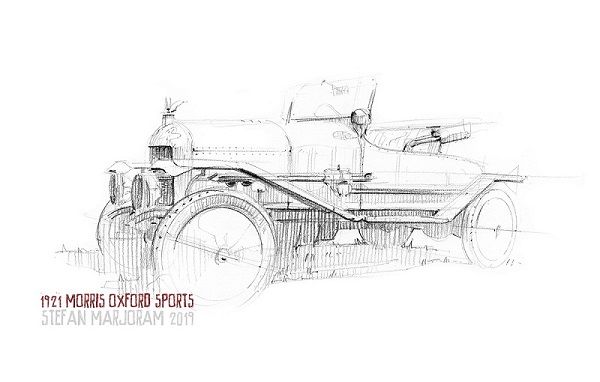

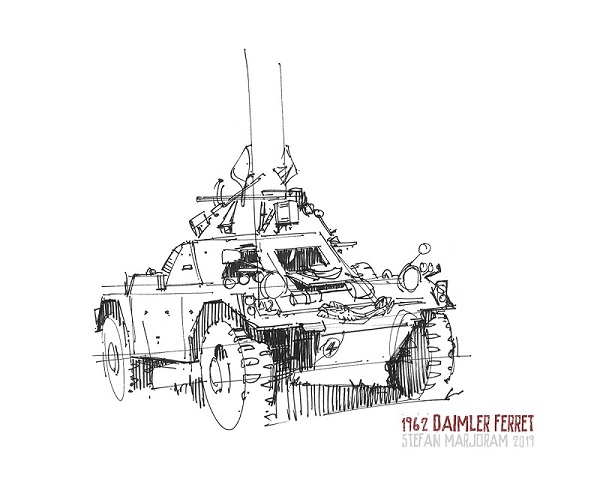

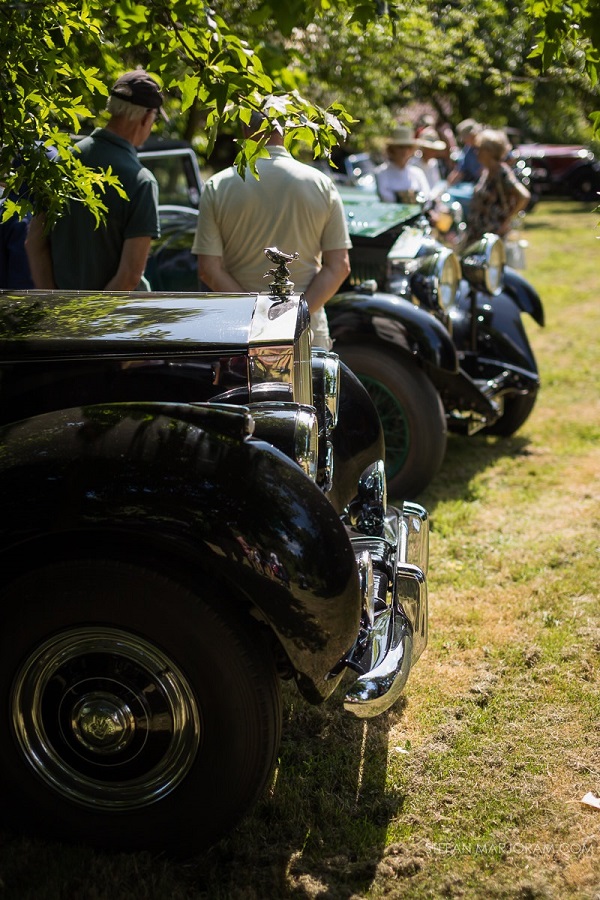
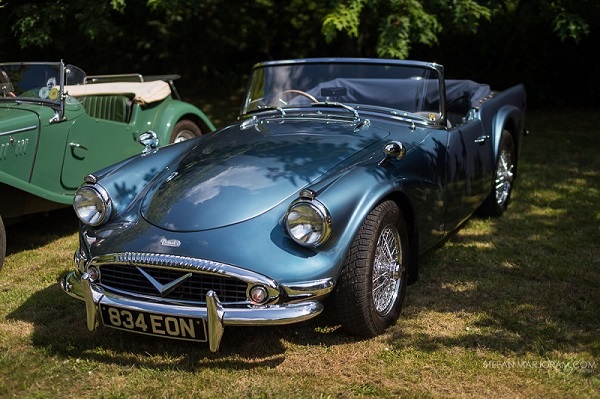
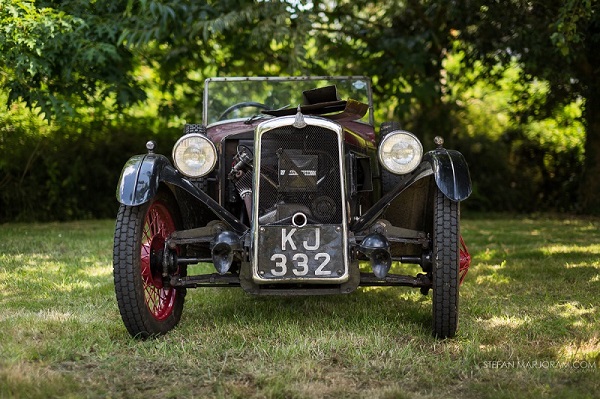

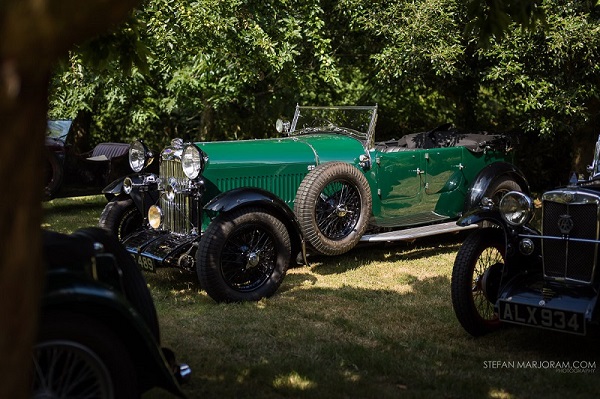
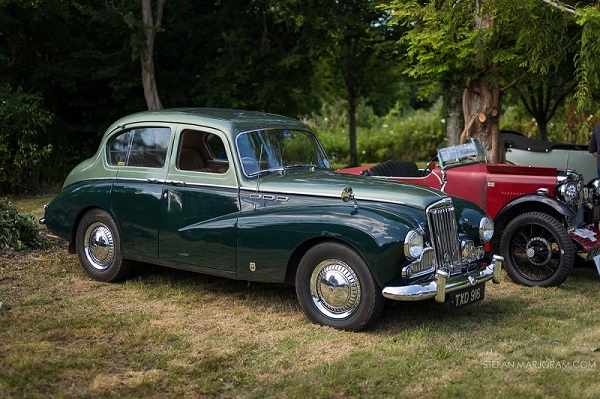
Leave a Comment